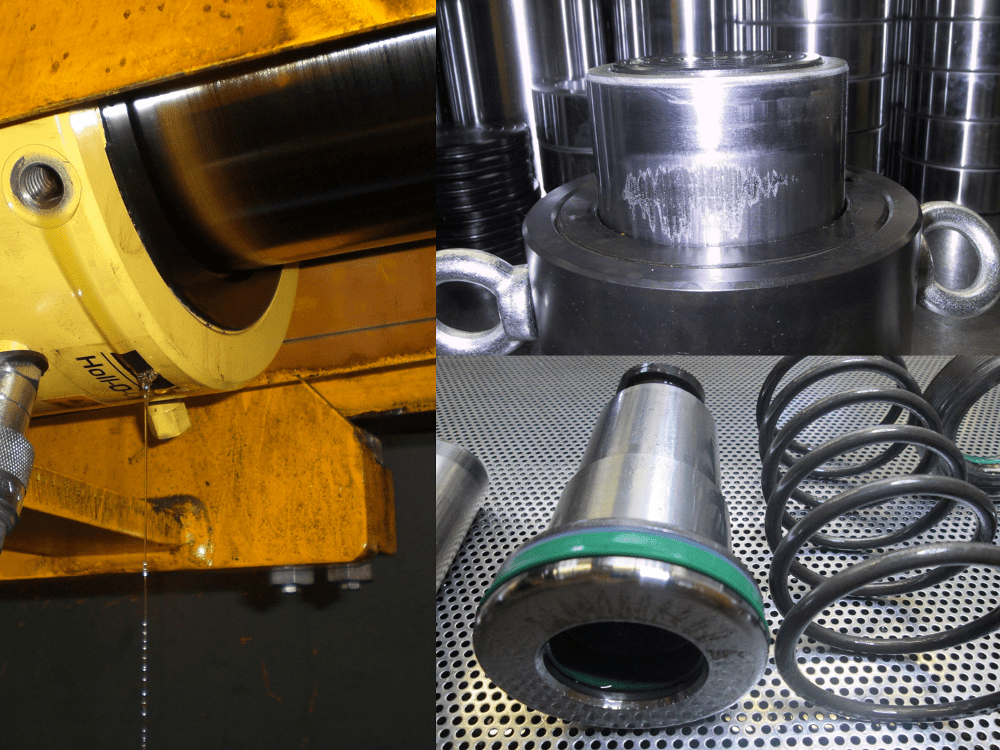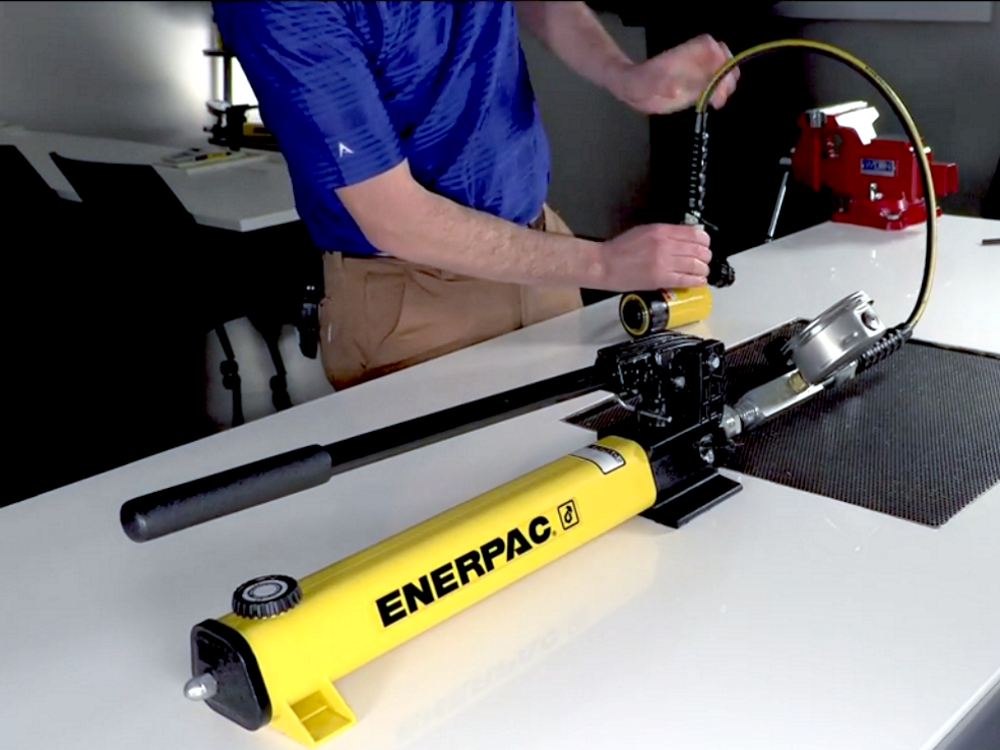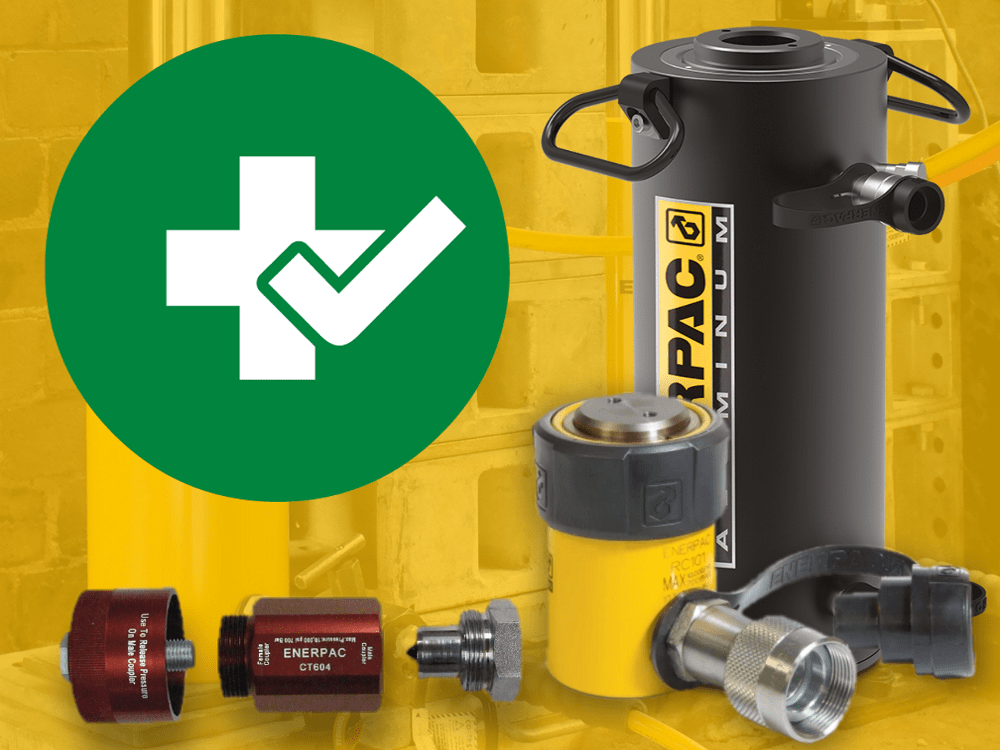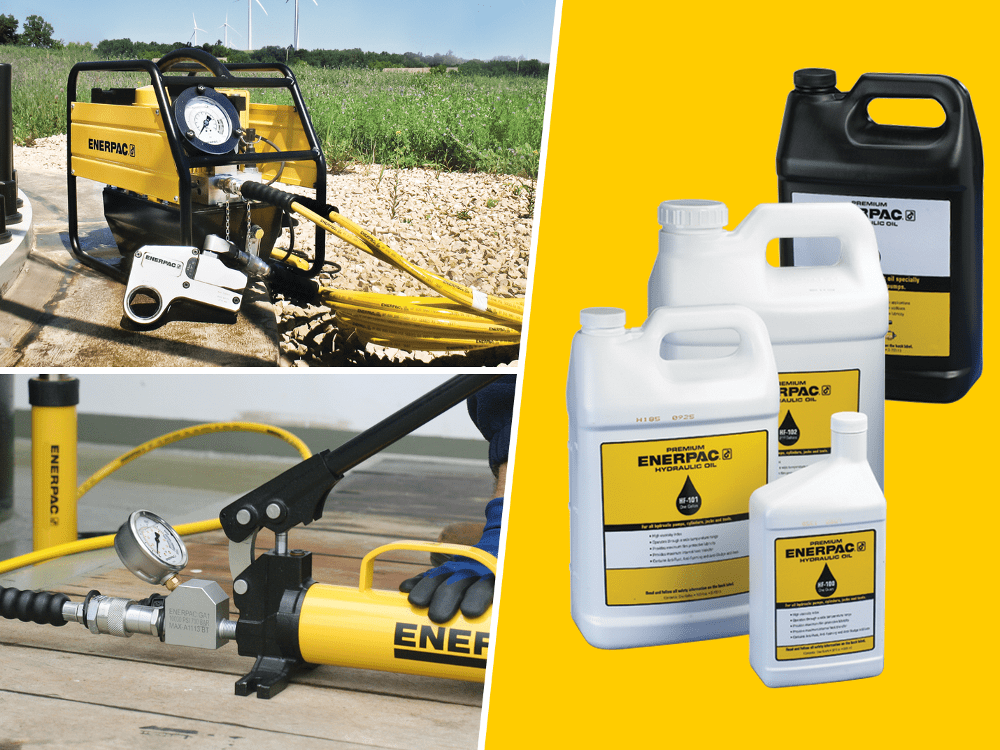How to Choose the Right Hydraulic Cylinder
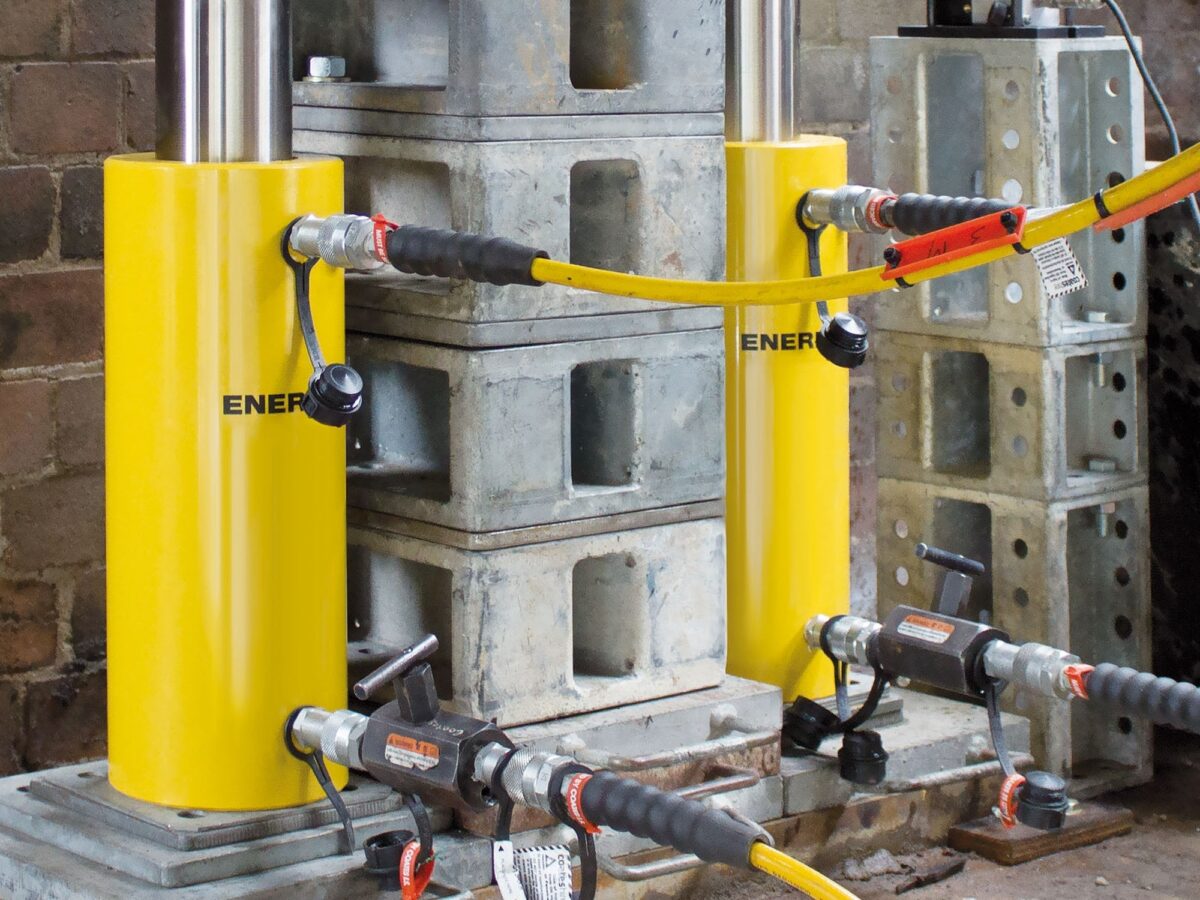
October 8, 2020
0
Hydraulic cylinders, jacks, or rams. The names vary but whatever you choose to call them the definition is the same. A hydraulic cylinder is a device that harnesses the pressure generated in a hydraulic system to move a load. Due to the wide variety of cylinder options to choose from, you will need to consider your needs carefully when selecting a cylinder for your job. Answering just a few questions will help you to choose the right hydraulic cylinder for your lifting and pulling projects.
How will the cylinder be used?
Cylinders are versatile products. Not only are they used for lifting and jacking, but also for pulling, pressing, holding, lowering, and clamping. Knowing the application you need a cylinder to perform is your first important step towards making the right decision.
Where is the cylinder being used?
Hydraulic cylinders are used for countless applications. Many job sites involve harsh conditions, whether that being extreme heat, or the rough conditions of a construction site. Cylinders with a nitrocarburized surface treatment have increased corrosion protection. This makes them much more durable and ideal for harsh environments.
How much space is needed?
The question of how much room you have for your cylinder is an important one. You wouldn’t choose a cylinder that has a collapsed height of 16.5cm (6.5 in) for a space that only has 12.7cm (5 in). There are purpose-designed cylinders made for jobs in confined spaces. These go by the name of low-height cylinders, or pancake cylinders.
What stroke is required?
Related to the maximum collapsed height, is the stroke length required. Stroke is defined as the difference between the fully extended height and the fully retracted height of the cylinder. It’s the distance between the top of the plunger piston and the bottom of the stop ring. For jobs that need extra stroke, there are telescopic hydraulic cylinders including low-height versions. The stroke determines how far the cylinder will lift, push, pull, or move your load. When considering the stroke of a cylinder, you should keep within 80% of the maximum stroke. This helps ensure better stability and damage from sideload.
How much accuracy and control is needed?
Hydraulic cylinders are available in single acting and double-acting configurations. A single-acting cylinder uses hydraulic pressure to extend the plunger and a return spring to bring it back to the original position. A double-acting cylinder uses hydraulic force to both lift and lower the plunger. This provides much more control and precision.
Is load holding needed?
If your load needs holding in place while you perform your job, a cylinder with load holding is a safe choice. Cylinders that hold your load, eliminate the time-consuming process of cribbing. There are two different types of cylinders that can be used for load holding. Locknut cylinders which utilize mechanical support, and cylinders with check valves.
How heavy is the load?
Each hydraulic cylinder is built to lift a certain capacity. There are general-purpose designs, which are your “basic” options, and also high tonnage cylinders that have a capacity of up to 1000 tons. Like cylinder stroke, the 80% rule also applies to tonnage. Manufacturers always list their maximum weight capacity as a safe limit. However, good practice with cylinders encourages users to only go to 80% of the manufacturer’s limit.
Steel or Aluminium Cylinders?
If you’re looking for a cylinder for regular use, you will need one that’s built to last. Steel cylinders are inherently stronger than their aluminium counterparts. However, if weight is an issue, aluminium cylinders are also robust and much easier for a person to lift, transport, and reposition.
Does the application require mounting?
Some jobs need extra stability or precise cylinder positioning. If your job falls under that category you will need a hydraulic cylinder with either mounting holes or collar threads. Mounting holes are located on the bottom of the cylinder’s base and can be attached to a base plate.
How many lifting points are required?
For many larger lifts, you may need more than one cylinder. If that is the case, you will need to select a pump with the appropriate oil capacity. You may also want to think about a synchronized lifting system. A synchronized lifting system will ensure your load’s weight is distributed evenly.
Do I need it to pull as well as push?
A hollow plunger hydraulic cylinder design allows for both pull and push forces. This is achieved thanks to a threaded collar for attaching suitable fixing rods.
How level will the contact point be with the saddle?
In many lifting projects, sometimes it is difficult to achieve sufficient contact between the saddle and the load. When this happens there is the risk of damage to the cylinder from side loading – often with the user completely unaware it is happening. A greater contact area can be achieved using Tilt Saddles. These are an option that can be specified to work with a wide range of cylinders and help extend the life of the cylinders.
What hydraulic pressure do you need?
Ok so you’ve answered the questions above and have a cylinder in mind. Good job! But before making your final selection, don’t forget to check whether the hydraulic pressure from your pump will be sufficient. If you need an upgrade there’s many great pumps to choose from. For example, plugin manual, electric, battery, air over hydraulic, and lightweight models for working at height.
Summary
Keep these things in mind when looking for a cylinder and you will come away with the best option for your application. If you have any more questions about how to choose the right cylinder, you can easily get in contact with your local Enerpac territory manager or distributor here.
Here’s a checklist to summarize;
- How will the cylinder be used?
- Where is the cylinder being used?
- How much space is needed?
- What stroke is required?
- How much accuracy and control is needed?
- Is load holding needed?
- How heavy is the load?
- Steel or Aluminium Cylinders?
- Does the application require mounting?
- How many lifting points are required?
- Will I need it to pull as well as push?
- How level is the contact point with the saddle?
- What hydraulic pressure do you need?
